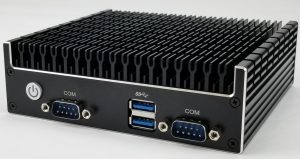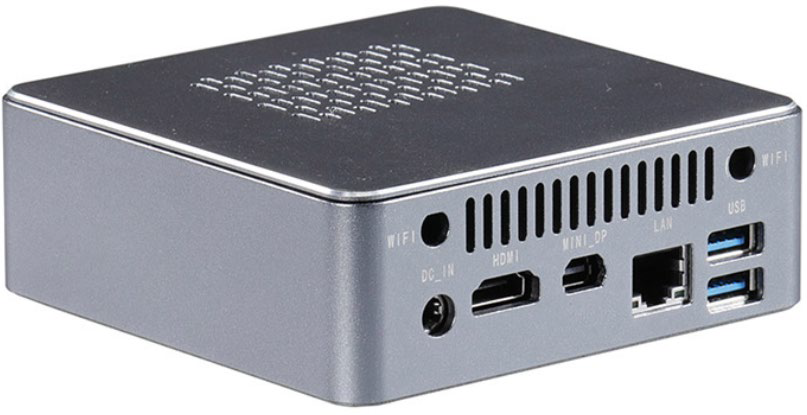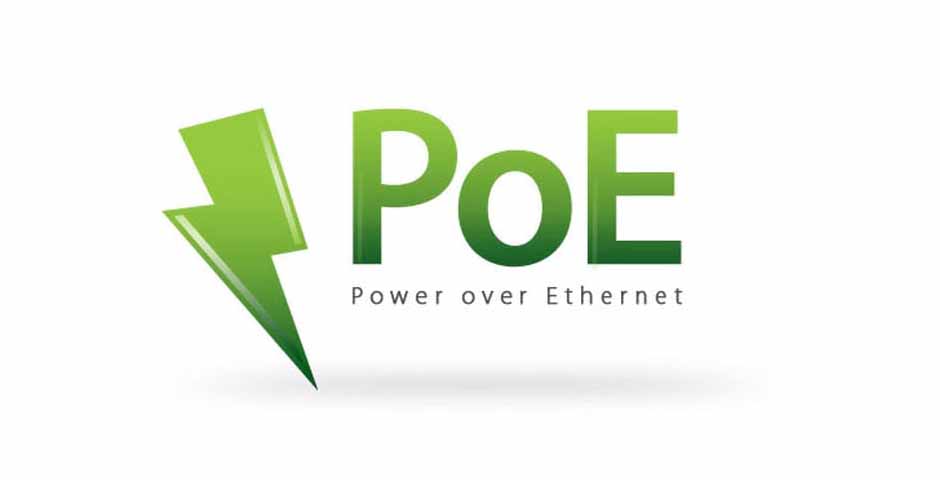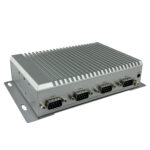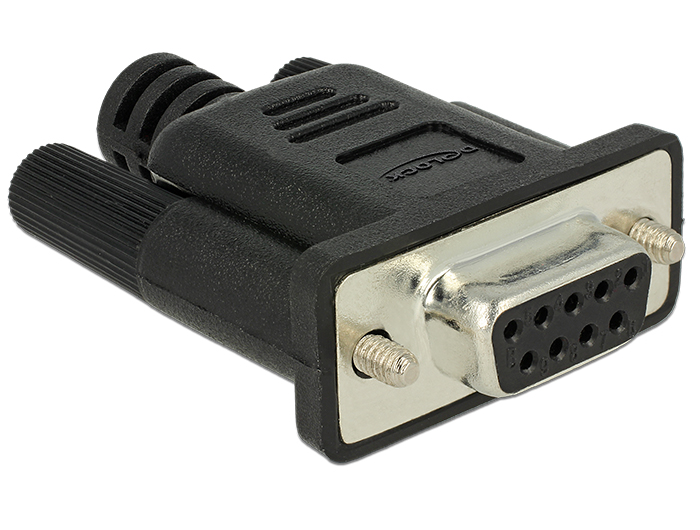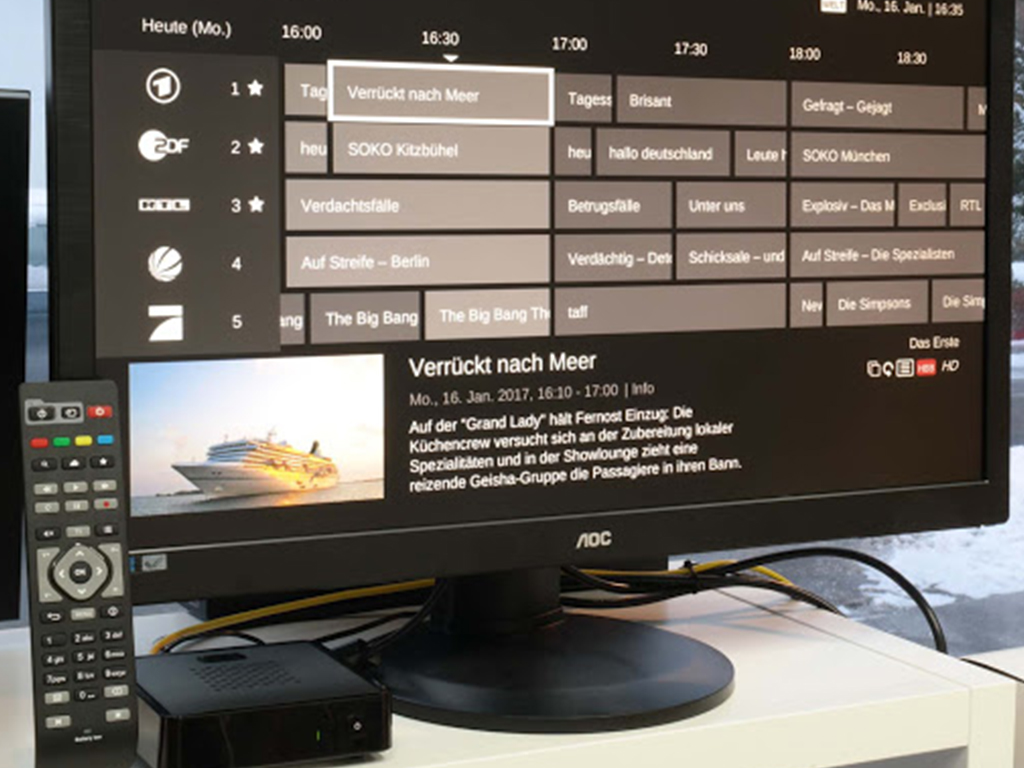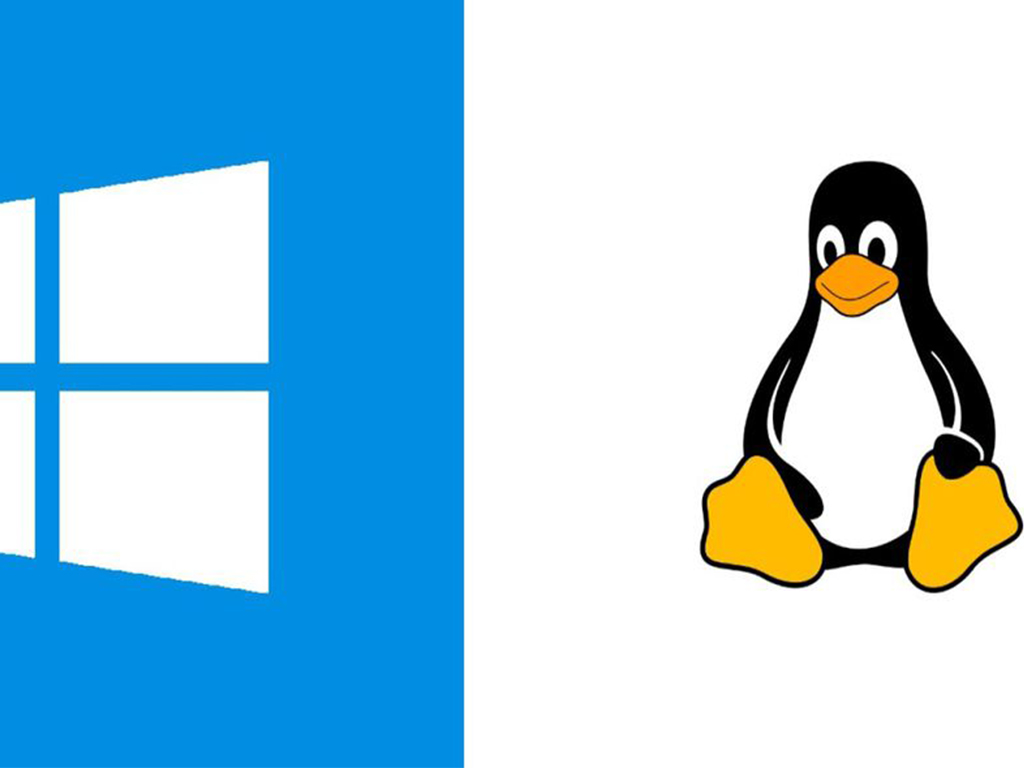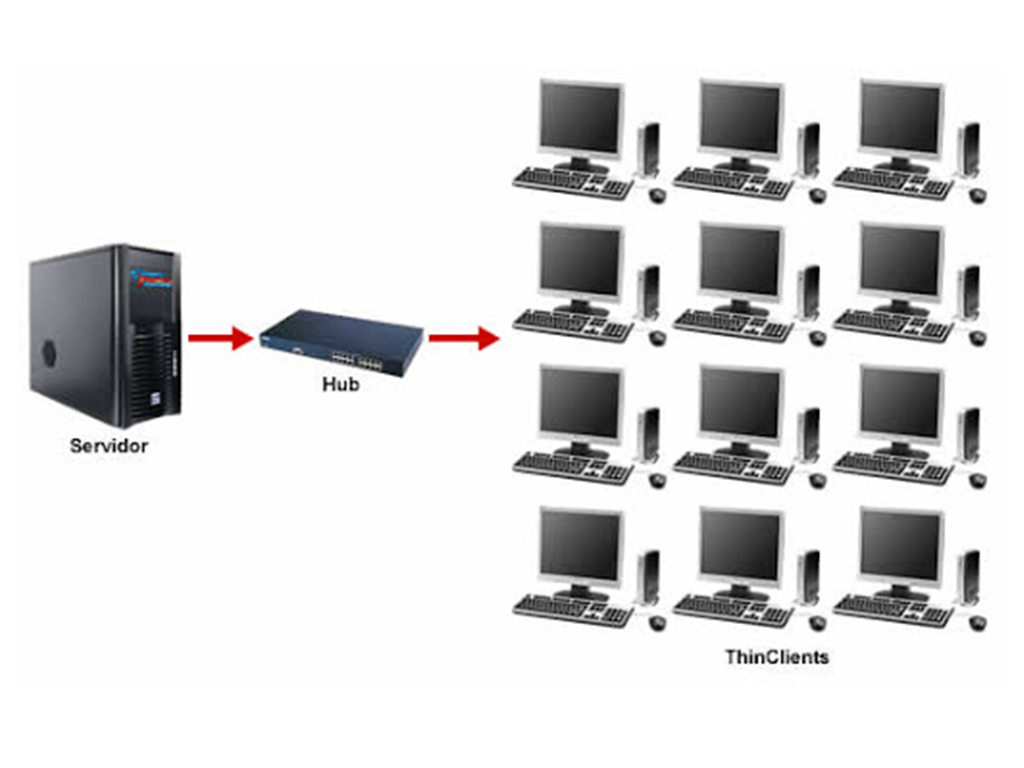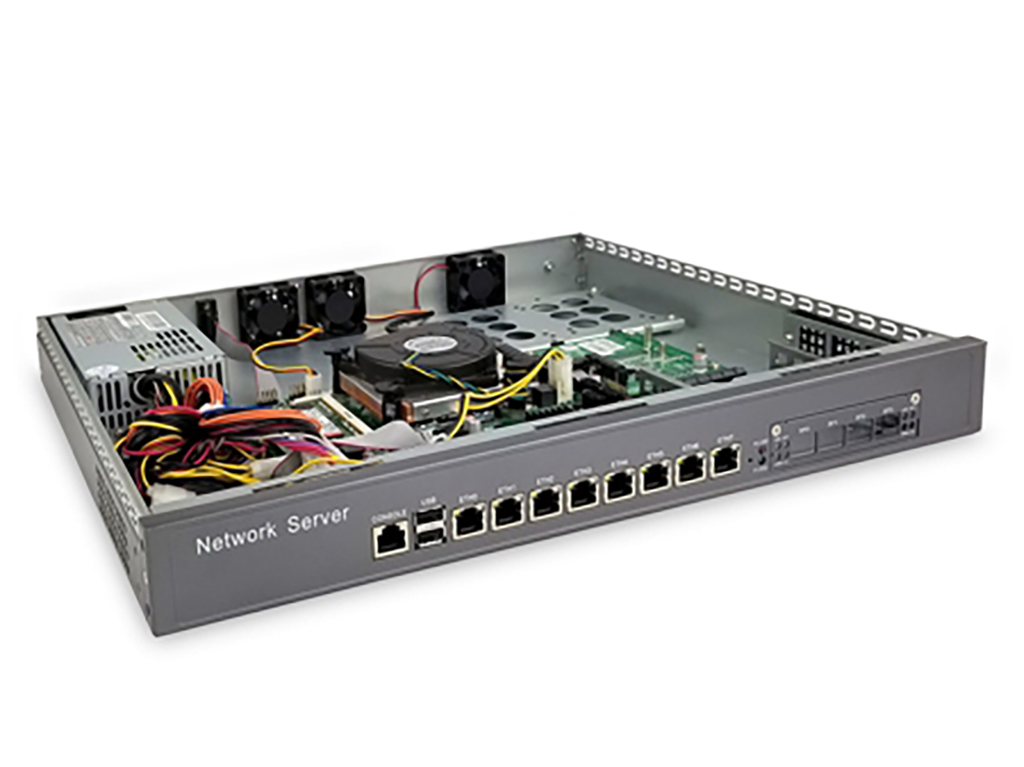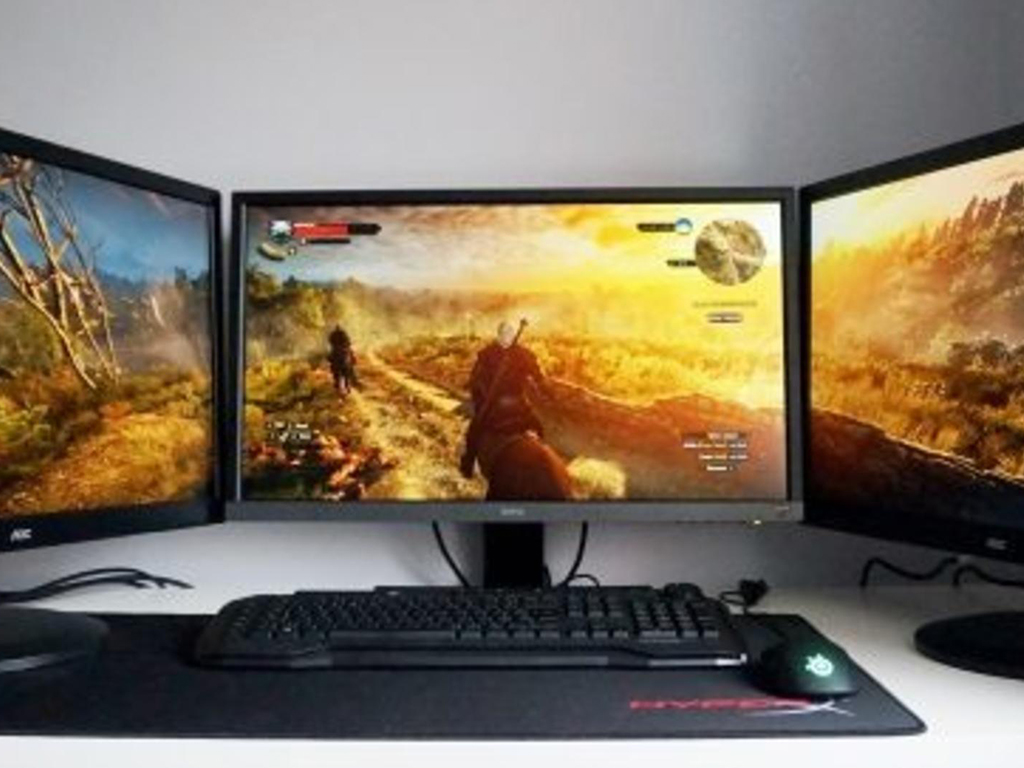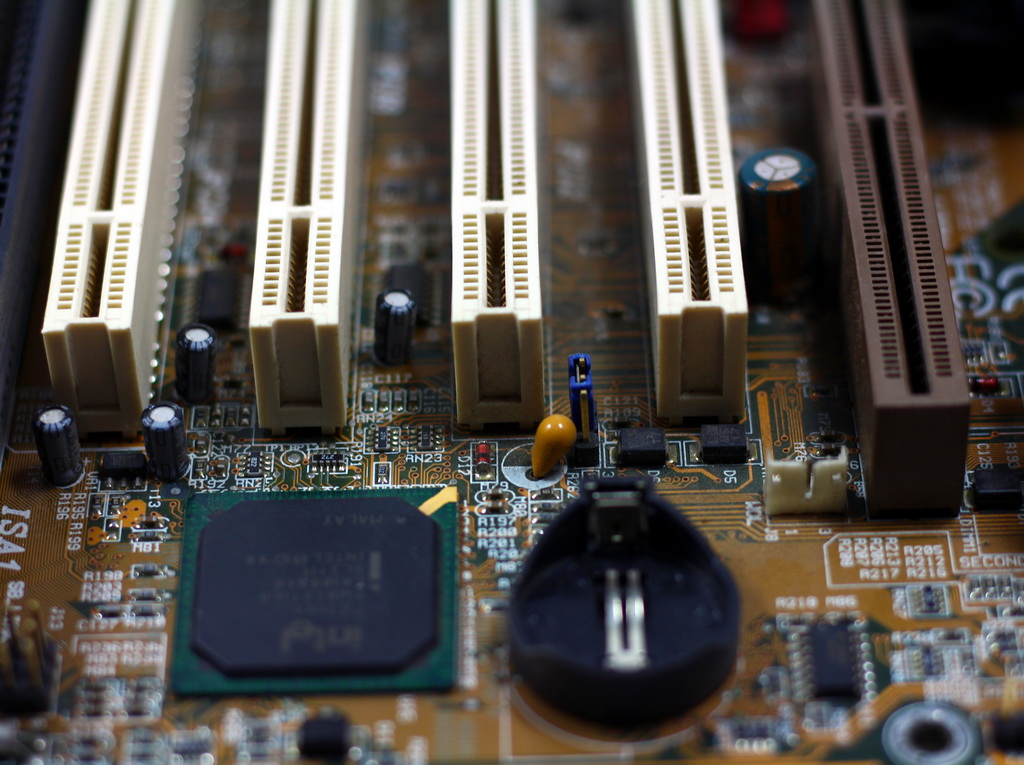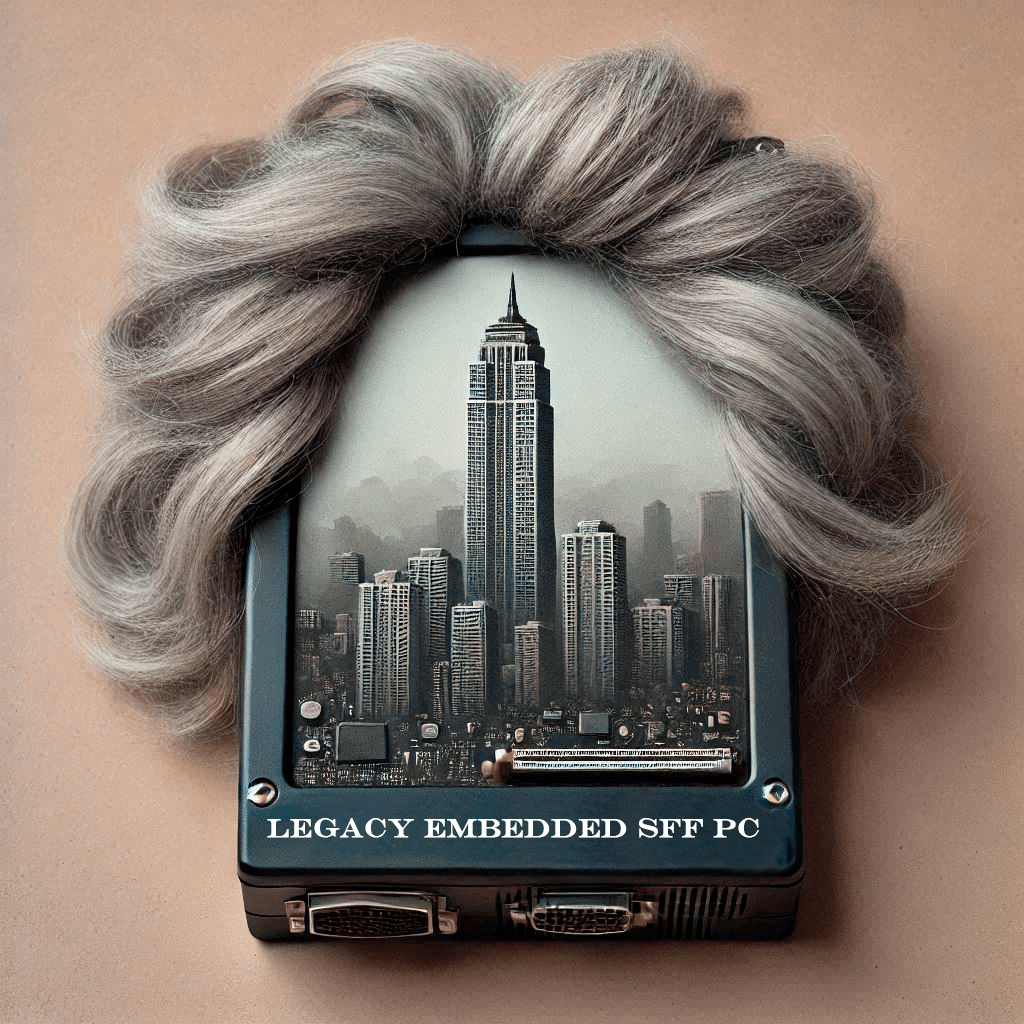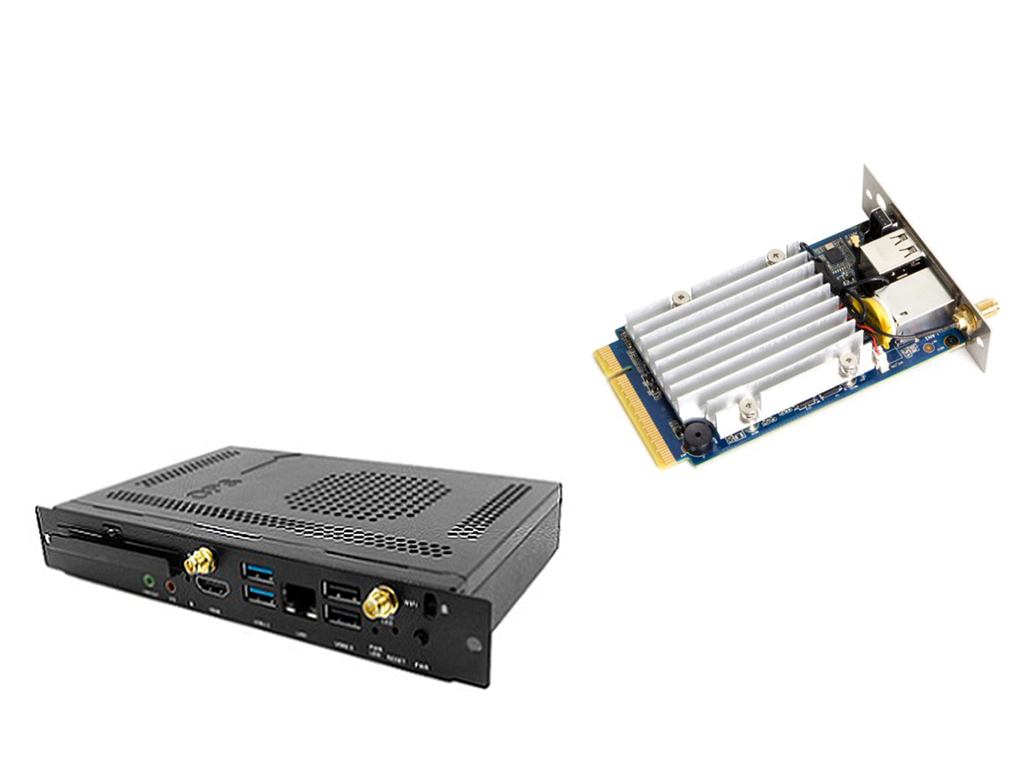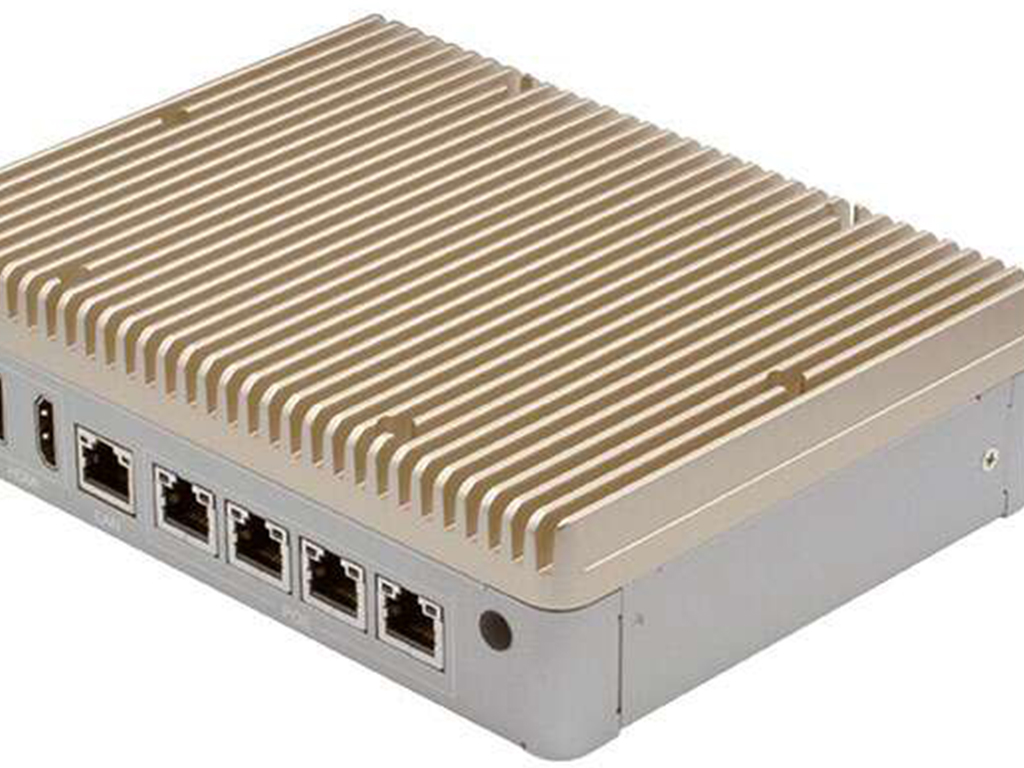Polywell Computers mini PC: from office to IoT
Throughout the history of electronic computing machines, mankind has sought to reduce their size and power consumption.
The first vacuum tube computers were huge. They gobbled up enormous amounts of electricity and released enormous amounts of heat energy. For example, in 1950, under the leadership of S. A. Lebedev of the Kiev Institute of Electrical Engineering created the so-called “small electronic counting machine” (MESM). It contained about 6,000 electrovacuum tubes and consumed 15 kW. The machine could perform about 3,000 operations per second.
Transistor technology, which marked the appearance of the second generation of the computer, allowed not only a significant increase in productivity, but also to reduce the size of the computer and reduce power consumption.
The third generation was built on integrated circuits. But these machines were huge, too. The most memorable were the mainframe EC machines (IBM/360 /370) which occupied several halls. The EC-1060 consumed 80 kW and required at least 200 square meters of floor space.
Today it is difficult to imagine that all these huge piles of hardware in terms of computing power were hardly superior to modern cell phones, which are in everyone’s pocket.
It wasn’t until the 1970s, with the advent of microprocessors and personal computers, that the size of PCs and power consumption began to decrease noticeably.
The decrease in PC size is a global evolutionary process. Today, a typical personal computer is already about 35 x 50 x 15 cm and a power supply of at least 250 watts.
But this is also a lot. A Polywell mini PC with the same characteristics can have dimensions of 17 x 17 x 3.5 cm and a power supply of 60 watts. Imagine how much money any company could save on power consumption alone in a year. We have specialized in producing PCs in a compact form factor for many years. Which is why, in perfect alignment with the evolution of the PC, we say we are opening up the future today.
The mini PC is the future. Those who by inertia continue to use bulky, noisy boxes are already behind the technology. There is no reason to keep using the huge computers of yesterday. Mini PCs can do everything the legacy PCs do, only better and cheaper. There are only a couple of applications where large PCs are still justified: industrial PCs with lots of full-size expansion slots and workstations with heavy-duty processors or video adapters. But the share of such machines is in the percentage range.
Polywell invites you into the future. The future of compact computers that can handle almost any task.



